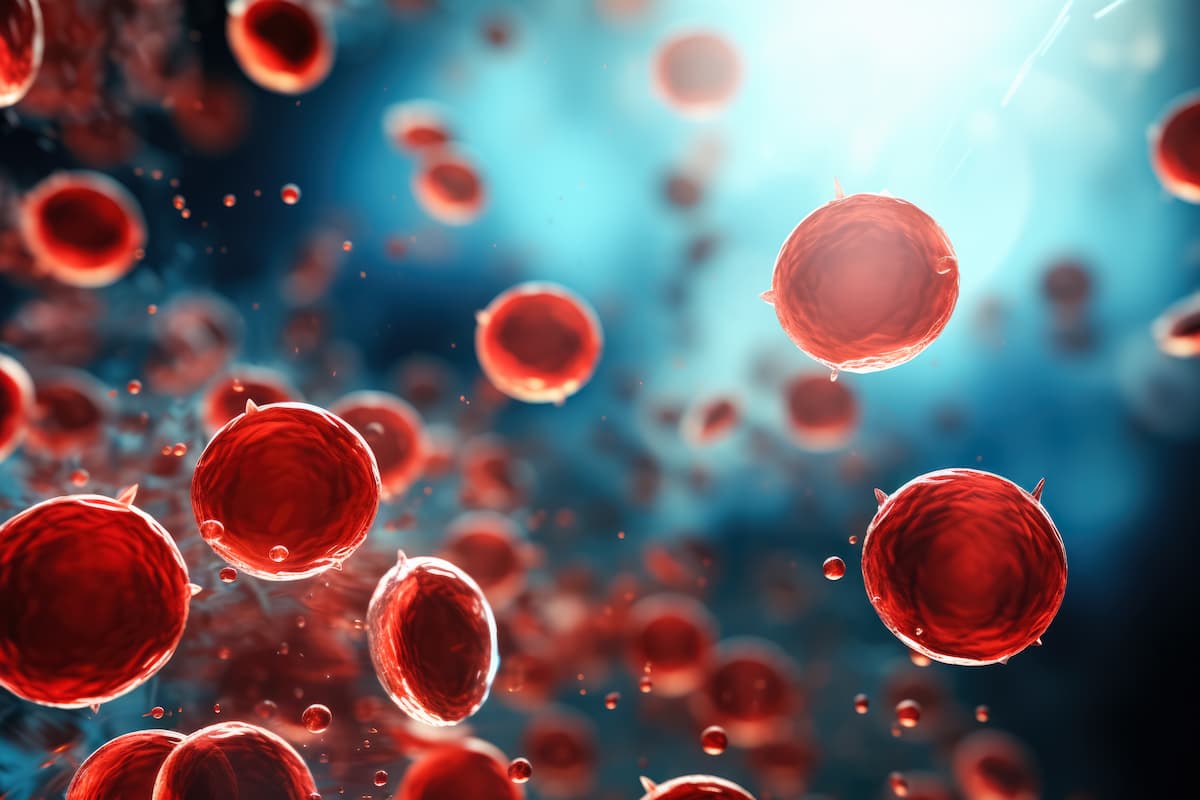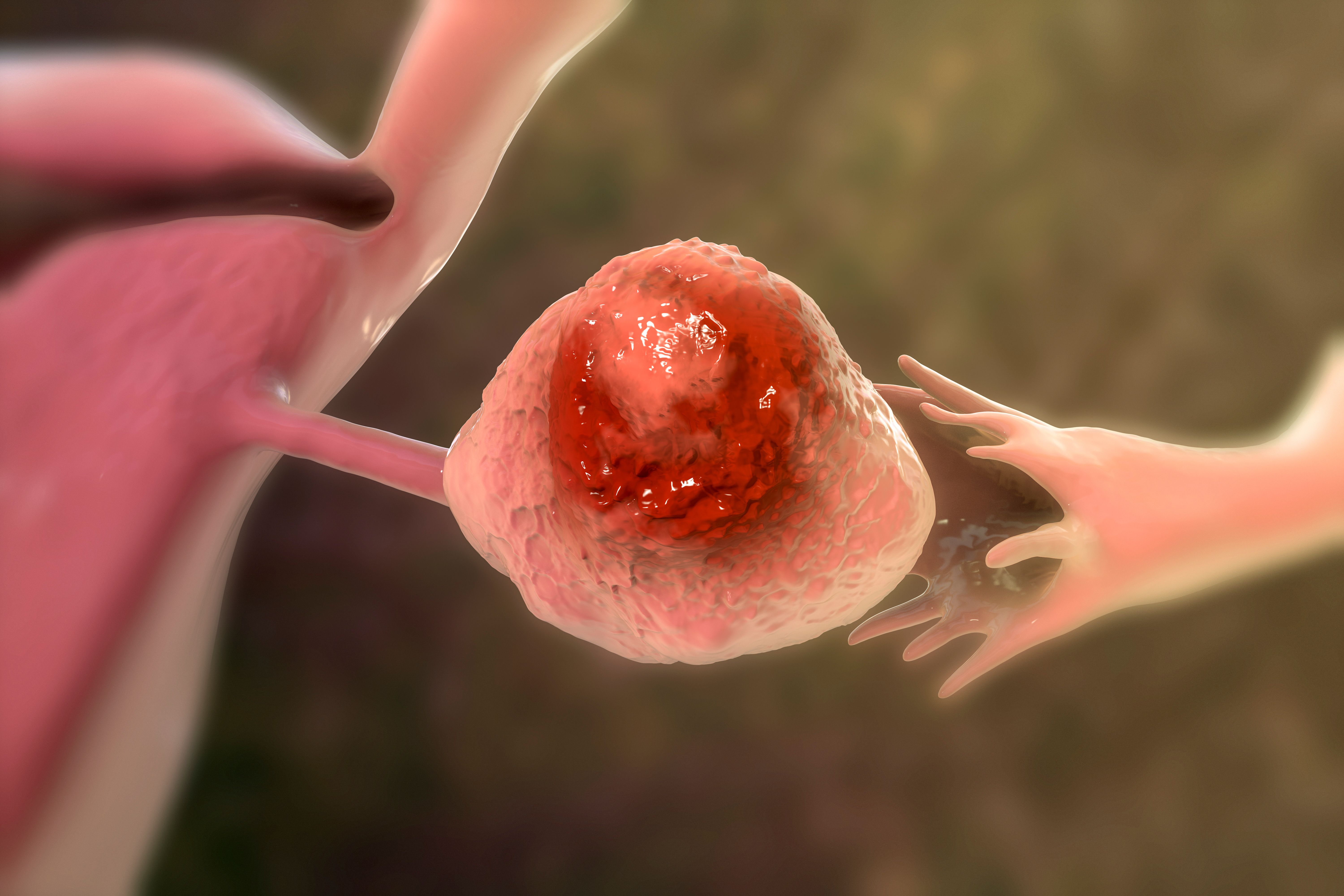Commentary
Video
Reducing Polycythemia Vera–Associated Thrombotic Risk Through Iron Regulation
Author(s):
In part 3 of a discussion with Andrew Kuykendall, MD, Moffitt Cancer Center, he talks of rusfertide’s ability to enable patients to live a more viable life and free them from being tethered to the need for regular phlebotomies.
The investigational rusfertide (Takeda), is currently being evaluated in the phase 3 VERIFY trial (NCT05210790) as an injectable therapeutic to treat polycythemia vera (PV) through achieving and sustaining hematocrit control. This agent has already breakthrough therapy, orphan drug, and fast track designations from the FDA.
In part 3 of a discussion, Andrew Kuykendall, MD, clinical researcher at Moffitt Cancer Center and VERIFY investigator, talks of rusfertide’s ability to free patients from being tethered to the need for regular phlebotomies and live a more viable life.
Part 1 and part 2 of this interview are also available to learn more about this potential novel PV treatment.
This transcript has been lightly edited for clarity; captions were auto-generated.
Transcript
What treatment gaps does this first-in-class hepcidin mimetic address in PV?
Rusfertide is really built on a concept that we can leverage our understanding of iron regulation to get a more sustained, predictable control of red blood cells, which, as we've talked about, is important to reduce thrombotic risk. We think that maybe this could just be a better, more optimized way to manage the disease. Right now, as I mentioned, our standard therapy for patients with polycythemia vera is to bring them in regularly and drain them of their blood. That is pretty archaic and sounds like something we could have said maybe 200 [or] 300 years ago and would have been met with some agreement. But I think at this day and age, that seems a bit outdated, if you will, and not just [that] it seems outdated, I think it's something that's quite problematic for many patients.
Patients don't love the idea of coming in and getting blood drawn and drained of a unit of blood every so often, especially if it's something that's going to have to be done on a perpetual nature. And many patients don't tolerate phlebotomy as well. Taking that much blood off can often make them lightheaded; they don't feel well; they don't like the needle stick. Sometimes after repeated phlebotomy, they don't have good access, and then they have poor venous access, and so it's hard to get these sticks. More than that, it ties them to the health care system, so they have to come in and get labs done every month or every 2 months or every couple of weeks. And that makes them have to come in. It's hard to live a viable life and work and do all these things if you're constantly coming in to get this done.
That was really the basis for, we need to do something better than this. Rusfertide actually leverages our understanding of iron regulation. It's a mimetic of a protein called hepcidin, which is a master iron regulator. When hepcidin levels are high, we actually withhold sending iron to the bone marrow for blood cell production. And by kind of copying or being a mimetic of hepcidin, you actually withhold some of that iron availability to the bone marrow and thereby can kind of control hematocrit and decrease erythrocytosis via this regulation of iron that allows for patients to achieve a more sustainable target hematocrit at our goal.
Newsletter
Stay ahead of policy, cost, and value—subscribe to AJMC for expert insights at the intersection of clinical care and health economics.





